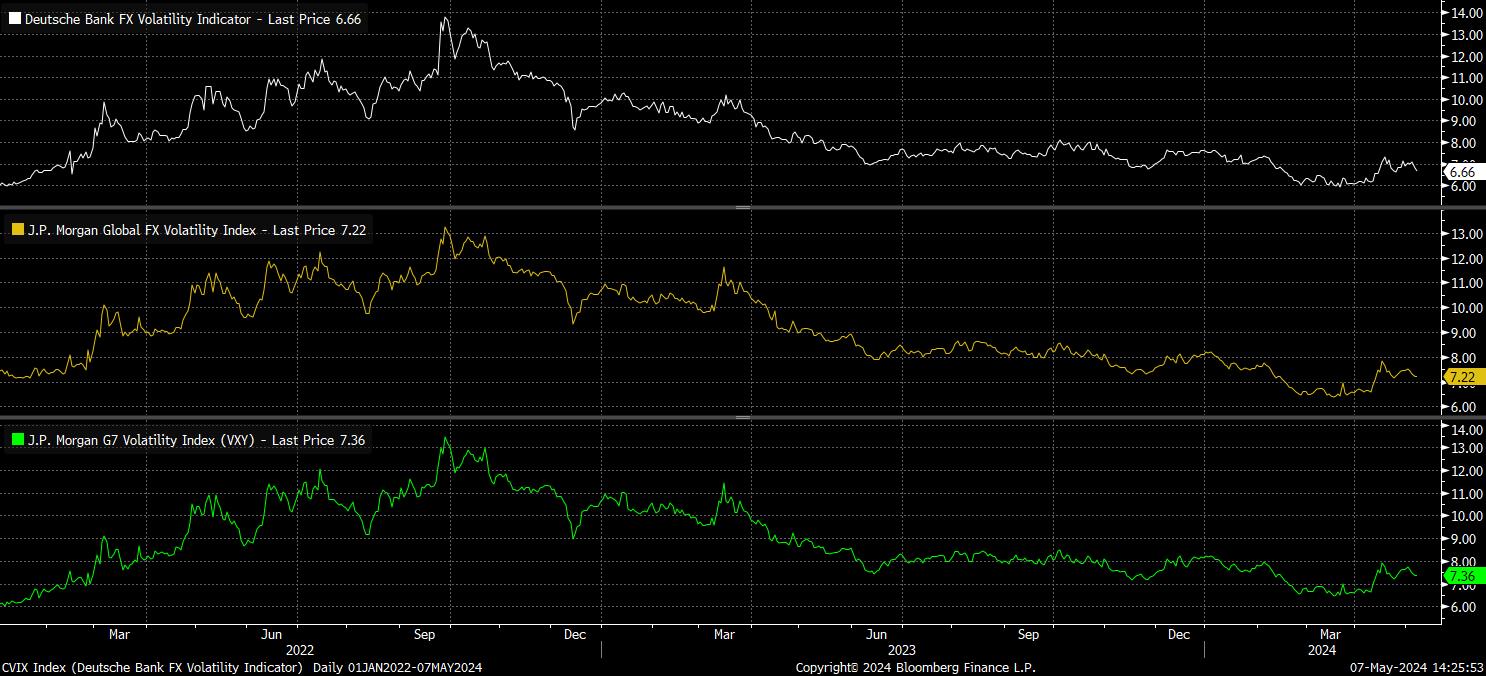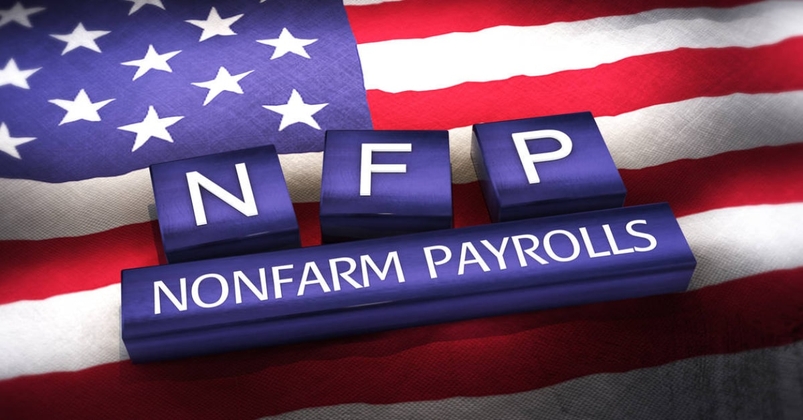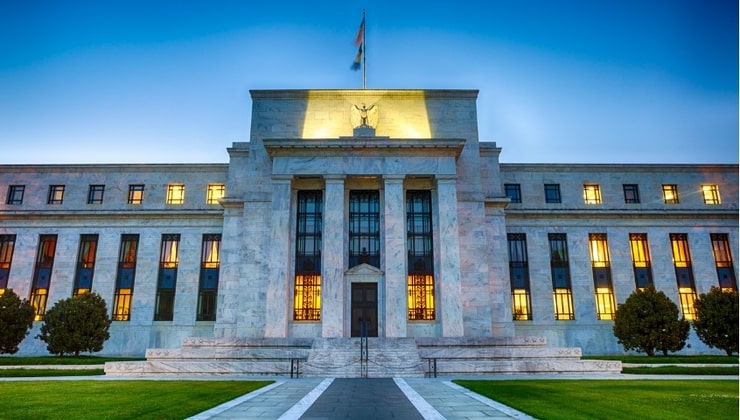Macro Trader: Carry Back In Vogue

One of the main themes that I’ve discussed at some length in these pages this year is that of policy divergence. The idea that, while the broad direction of travel for monetary policy across G10 should remain the same – i.e., towards a looser stance – the pace at which we get to such a stance is likely to be different across the globe, thus resulting in higher FX volatility, and potential trading opportunities.
However, as we approach the start of what we previously termed the ‘summer of easing’, it would appear that said policy divergence may not materialise in quite the way that had been expected.
Certainly, it seems highly unlikely that there will be any divergence resulting from G10 central banks looking to hike rates further. The two primary contenders for such a move, in the market’s mind at least – the FOMC, and the RBA – have both taken a step away from the hawkish ledge over the last week.
Fed Chair Powell, for example, explicitly noted last week that it is “unlikely” the next move in the fed funds rate will be a hike, instead outlining three possible paths going forwards – a rate cut due to “unexpected” labour market weakness, a cut due to the FOMC obtaining sufficient confidence in inflation moving back towards the 2% target, or rates remaining at their current level until such confidence is obtained.
The RBA took a similar less hawkish step at the culmination of their own May meeting. While the statement did include reference to the Board “not ruling anything in or out” in terms of future policy moves, there was no explicit nod towards a further rate increase that markets, which had priced a 50/50 chance of a hike by September, had likely been looking for. Furthermore, there was an implicit endorsement of ‘higher for longer’ as the chosen policy stance, with the latest economic forecasts conditioned on the Cash Rate remaining unchanged for 9 months longer than previously expected. Plus, Governor Bullock mentioned, at the press conference, her view that policy settings are “about right” at the moment, and that she “hopes” there will be no need to hike again.
It is also beginning to look relatively unlikely that there will be significant divergences in terms of the easing cycle. While the SNB have already delivered a 25bp cut, the Riksbank, ECB, and BoE should all start their own policy normalisation processes within the next six weeks. It seems likely that, by the end of Q3 at the latest, the RBNZ and FOMC will have joined them in having delivered at least one cut, while it’s plausible to expect that the RBA will also have cut by this stage.
Of course, one must also consider the magnitude of said easing cycles, in addition to when they begin. On this note, given the recovery in RoW growth during the first quarter of the year, expectations for the degree of cuts to be delivered this year have been scaled back rather significantly, with quarterly cuts the most plausible path for most G10 central banks to take beyond summer, chiefly the BoE and ECB.
All in all, the net effect of this relatively uniform easing cycle should be one of continuing to depress volatility across the DM FX space, particularly if the relative calm that appears to have befallen the geopolitical backdrop – in terms of macro impact, at least – were to persist.
A low vol FX world, though, is one where carry is likely to come back into sharp focus.
Given that carry trades – funding a high-yielding long, with a low-yielding currency – aim to primarily profit from the yield differential, such a strategy tends to benefit in times of lower volatility, primarily due to the reduced risk of an adverse market move eliminating any carry earned, encouraging a greater number of participants to take such positions.
In this sort of an environment, it seems likely that the USD will remain relatively resilient, given the yield advantage on offer vs. most G10s, though the prospects of a broad-based USD rally seem relatively remote for now, particularly with further Fed hikes off the cards. Similarly, the GBP and the NZD should also out-perform if the carry trade comes back into vogue.
Conversely, headwinds are likely to become increasingly stiff for the lower-yielding parts of the FX universe. Naturally, the CHF springs to mind here, given that the SNB have already delivered their first rate cut, while the JPY is unlikely to lose its place as the funding currency of choice any time soon, given the snail’s pace at which the BoJ are raising rates.
Of course, this may pose something of a headache for the MoF, who have already intervened twice in an attempt to prevent what they deem as excessive speculation, and prop up the currency. While such intervention does not prevent further weakness, it likely does limit the speed at which any further declines can progress.
Related articles
Pepperstone不代表這裡提供的材料是準確、及時或完整的,因此不應依賴於此。這些資訊,無論來自第三方與否,不應被視為建議;或者買賣的提議;或者購買或出售任何證券、金融產品或工具的招攬;或參與任何特定的交易策略。它不考慮讀者的財務狀況或投資目標。我們建議閱讀此內容的讀者尋求自己的建議。未經Pepperstone的批准,不允許複製或重新分發此信息。




